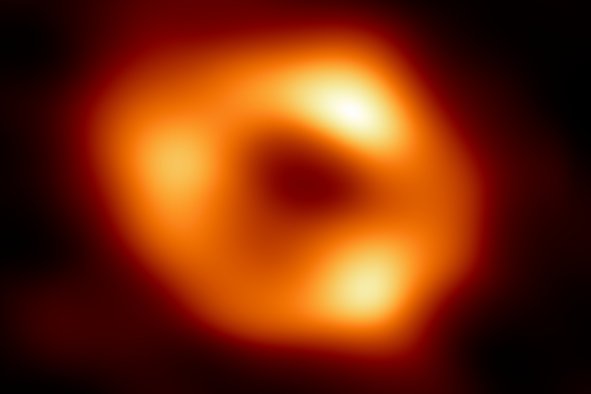The mass extinction that wiped out nearly all life on Earth just before the dinosaurs evolved may have been caused by a global temperature drop rather than a rapidly warming climate.
The End Triassic Extinction, which occurred about 201.6 million years ago, stamped out three-quarters of all life on Earth, and has long been thought to be linked to the volcanic eruption of the Central Atlantic Magmatic Province (CAMP), which occurred around the same time.
However, according to a new paper in the journal Proceedings of the National Academy of Sciences, these extinctions were likely caused by frigid volcanic winters rather than sweltering temperature increases caused by the eruptions.
The End Triassic Extinction marks one of the five major mass extinction events in Earth's history, occurring at the boundary between the Triassic and Jurassic periods, and setting the stage for the rise of dinosaurs, which dominated the Jurassic period afterward.
The CAMP eruptions—which occurred between the modern-day Americas and Europe/North Africa on the ancient supercontinent Pangaea—spewed out unfathomable amounts of lava and poured enormous amounts of greenhouse gases such as carbon dioxide (CO2) and methane into the atmosphere. This would have caused rapid global warming and ocean acidification across much of the planet.
These conditions have long been assumed to have been responsible for the End Triassic Extinction, however, according to the new paper, the CAMP eruptions may not have lasted as long as we originally thought, and cold may have killed off many of the species rather than heat.
The researchers suggest that the first pulses of CAMP eruptions only lasted a less than 100 years each, rather than stretching continuously across several hundreds of thousands of years as first thought.
Therefore, sulfate particles released in the eruptions would have built up in the atmosphere faster than CO2, and because sulfate particles actually reflect sunlight back out into space, this may have led to the planet cooling initially.
This cooling may have killed off many of the world's species long before the temperatures eventually started to rise due to CO2 released in subsequent eruptions.
CO2 lasts a lot longer in the atmosphere compared to volcanic sulfate aerosols, which usually leave the atmosphere via rainfall in a few years.
"Carbon dioxide and sulfates act not just in opposite ways, but opposite time frames," study co-author Dennis Kent, a researcher at Columbia Climate School's Lamont-Doherty Earth Observatory, said in a statement.
"It takes a long time for carbon dioxide to build up and heat things, but the effect of sulfates is pretty much instant. It brings us into the realm of what humans can grasp. These events happened in the span of a lifetime."
This theory comes from the researchers' investigation of CAMP deposits around the world, where they found that magnetic particles in lava indicated while the five initial CAMP lava pulses spread over about 40,000 years, each pulse likely only lasted around a century.
Similar volcanic winter conditions have occurred in the aftermath of the eruption of Iceland's Laki volcano in 1783, which resulted in one of the coldest winters ever recorded and crop failures across the world.
"The magnitude of the environmental effects are related to how concentrated the events are," study co-author Paul Olsen, a paleontologist at Lamont-Doherty, said in the statement.
"Small events spread out over [tens of thousands of years] produce much less of an effect than the same total volume of volcanism concentrated in less than a century. The overarching implication being that the CAMP lavas represent extraordinarily concentrated events."
Following the extinction, ecosystems slowly recovered over the next few million years, paving the way for the Jurassic period, during which dinosaurs became the dominant terrestrial vertebrates.
Do you have a tip on a science story that Newsweek should be covering? Do you have a question about mass extinctions? Let us know via science@newsweek.com.
Disclaimer: The copyright of this article belongs to the original author. Reposting this article is solely for the purpose of information dissemination and does not constitute any investment advice. If there is any infringement, please contact us immediately. We will make corrections or deletions as necessary. Thank you.



